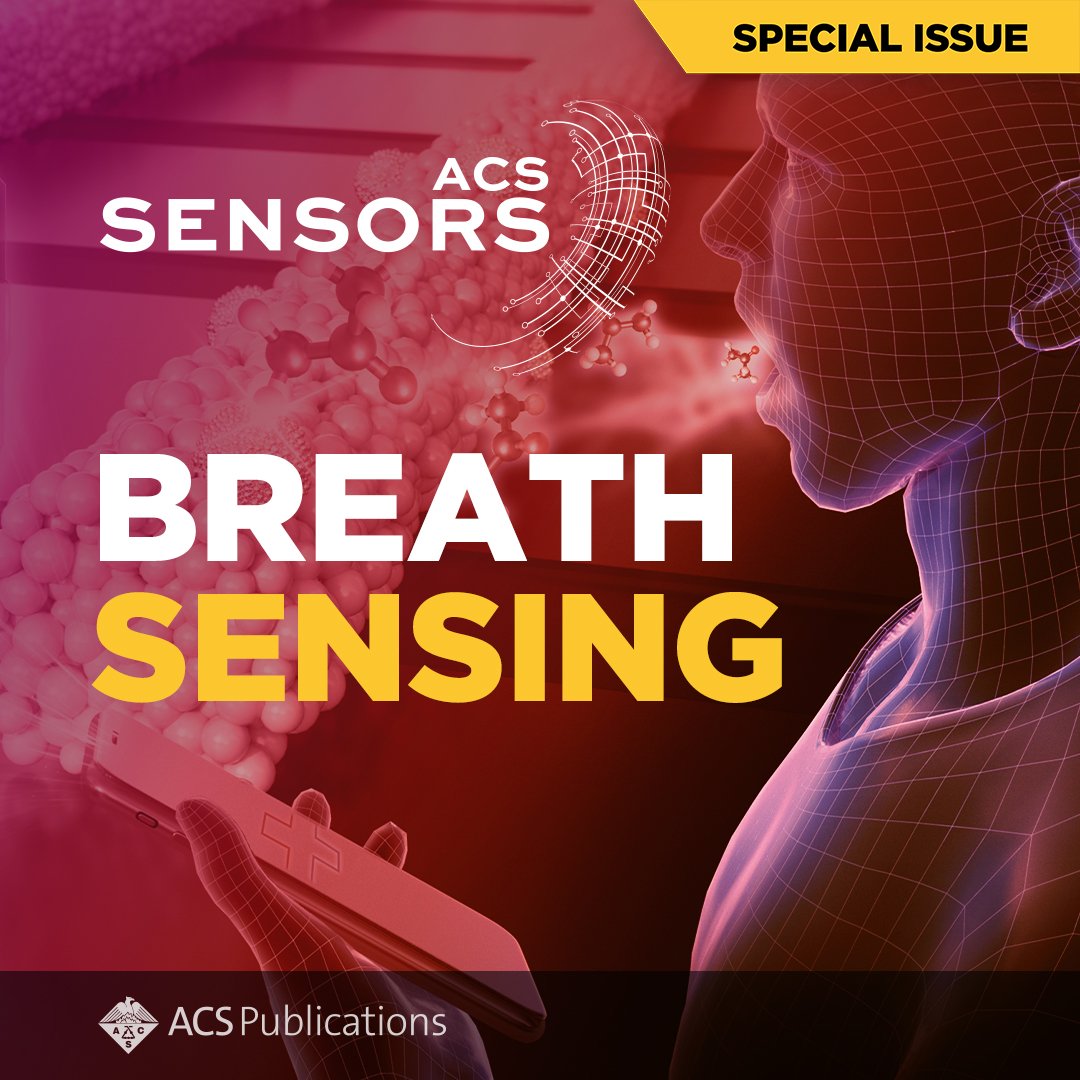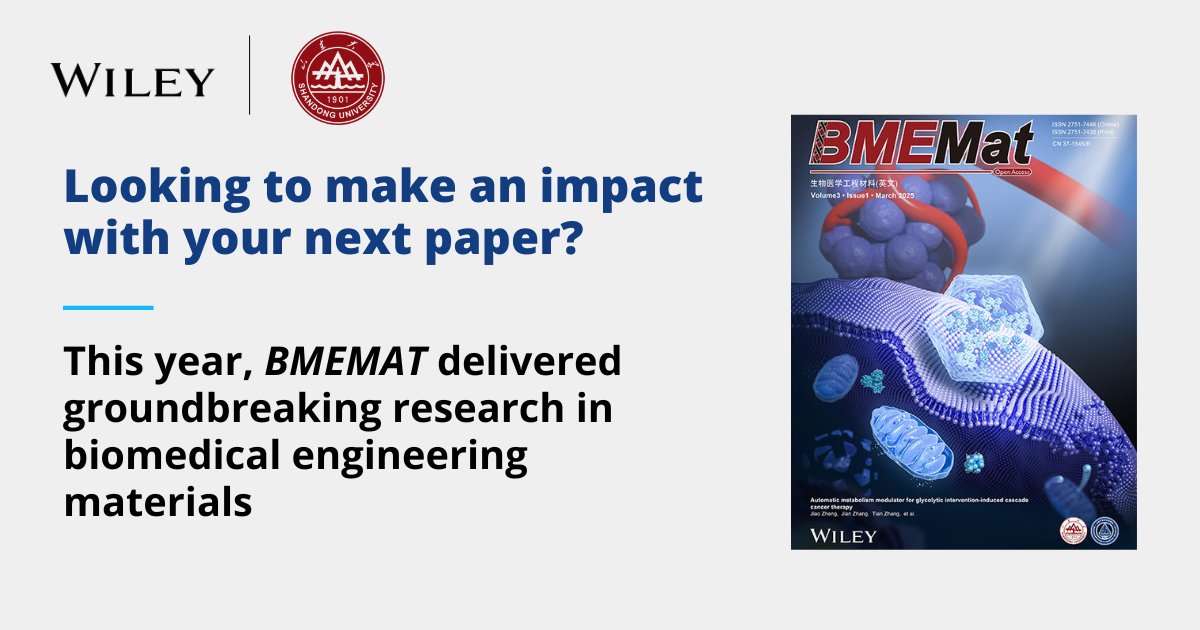
Sooyeon Cho Lab @ SKKU
@sycho_lab
We are sensor engineers at Sungkyunkwan University(SKKU) ChemE! Our goal is to introduce innovative analytical tools and provide new insight to our society.🔬🧬
ID: 1684201818048299010
https://www.sycholab.com/ 26-07-2023 14:00:29
168 Tweet
189 Followers
261 Following

Excited to join the Early Career Board of ACS Applied Energy Materials! For the next two years, I’ll guest edit special issues and contribute perspectives, spotlights, and editorials. Stay tuned for updates on my board journey! 🙂ACS Publications pubs.acs.org/page/aaemcq/ed…
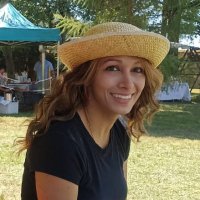
Hyped to see this Nanocarbons work by Laurent Cognet CNRS 🌍, Jana Zaumseil Uni Heidelberg , and lab alum Benjamin Lambert on ultrashort and bright near-infrared nanotubes Next-level bio applications unlocked 🗝️ pubs.acs.org/doi/abs/10.102…
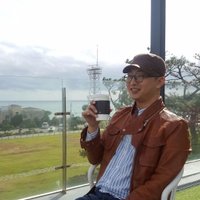

I’m excited to share our latest preprint, led by Amelia Ryan! We showed the first true molecularly-specific multiplexed sensor using Nanocarbons and confirmed the long-held hypothesis that chirally pure SWCNT are better than bulk! We thank NIH funding! biorxiv.org/content/10.110…

Our latest work is now out in Nature Communications! We developed stomata-targeting nanoparticles, called SENDS, that enhance plant defense against bacterial invasion by up to 20× compared to untargeted nanopesticides. rdcu.be/enmhv Congrats to Suppanat and other co-authors!


We are looking for a motivated postdoc to join our lab as soon as possible. If you are interested in optical spectroscopy/microscopy, biosensing or nanomaterials please contact me. Please RT! Solvation Science Ruhr-Universität Bochum #academicjobs #postdoc


🚨 New patent! We’ve developed the first generalizable, automatable method to design optical sensors for any analyte—using unsupervised machine learning 🤖 To prove it: a DNA-based glucose sensor—the holy grail! 🏆 Huge congrats to yahya rabbani & team! 👏
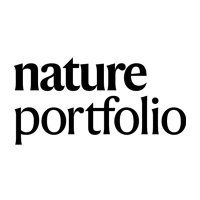
A pen loaded with magnetic ink can be used to help detect early onset Parkinson’s disease, suggests a study in Nature Chemical Engineering. Neural network assisted data analysis in the device can identify differences in the handwriting of people. go.nature.com/4krP23m
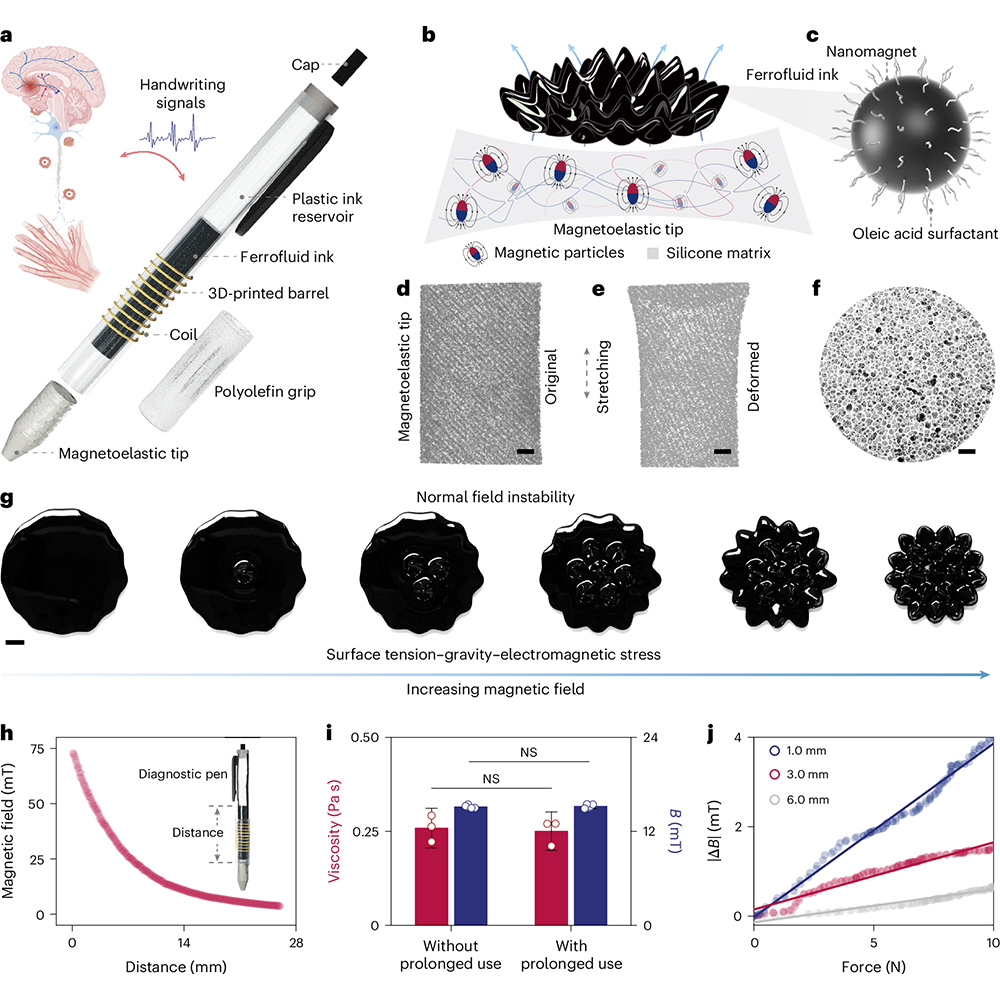
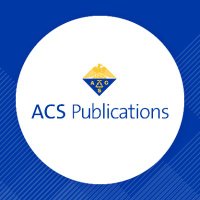

Check out Jan's paper ACS Analytical Chemistry Journals. We developed a simulation to quantify the advantages of the near infrared and use the insights to create a diagnostic test/device for levodopa in blood serum for better Parkinson's treatment. Ruhr-Universität Bochum Solvation Science tinyurl.com/2zvhtxcr


Just out in @ACSNano: We uncover hidden spectral fingerprints in SWCNT Nanocarbons nIR emission using machine learning. This enables virus classification even below LOD in complex media. Seemingly identical, actually distinct. Check it out :) pubs.acs.org/doi/10.1021/ac…
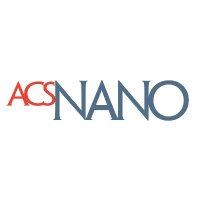
First to show that even when SWCNT nIR spectra appear unchanged, hidden features exist. Sooyeon Cho Lab @ SKKU uses machine learning to decode these subtle signatures to accurately distinguish different viruses. Read it here 🔗 go.acs.org/cNi


Our work on 10% efficient solar to hydrogen conversion with organic light absorbers and low-cost catalysts was highlighted as a cover of the recent issue of Carbon Energy 😀 onlinelibrary.wiley.com/doi/10.1002/ce…

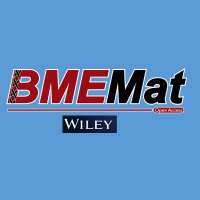

🚨🚨 Yes! 🚨🚨 On the cover! 🚨🚨 onlinelibrary.wiley.com/doi/10.1002/sm… Tel Aviv University אוניברסיטת תל אביב Tel Aviv University BioSoft@TAU Zuckerman STEM Leadership Program Nanocarbons srestha basu Wiley in research



Our lab’s first paper on Nanocarbons chemical cytometry is just out in Nature Communications. We measure cellular age by extracting biophysical and chemical features label-free. We constructed virtual aging trajectories and used AI to infer unknown cell age. nature.com/articles/s4146…

Cytometry+Nanocarbons+AI = this cool study by the Cho lab👇
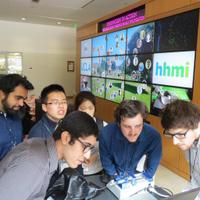
Optical generative models nature nature.com/articles/s4158… UCLA UCLA Electrical and Computer Engineering CNSI at UCLA UCLA Samueli Engineering


